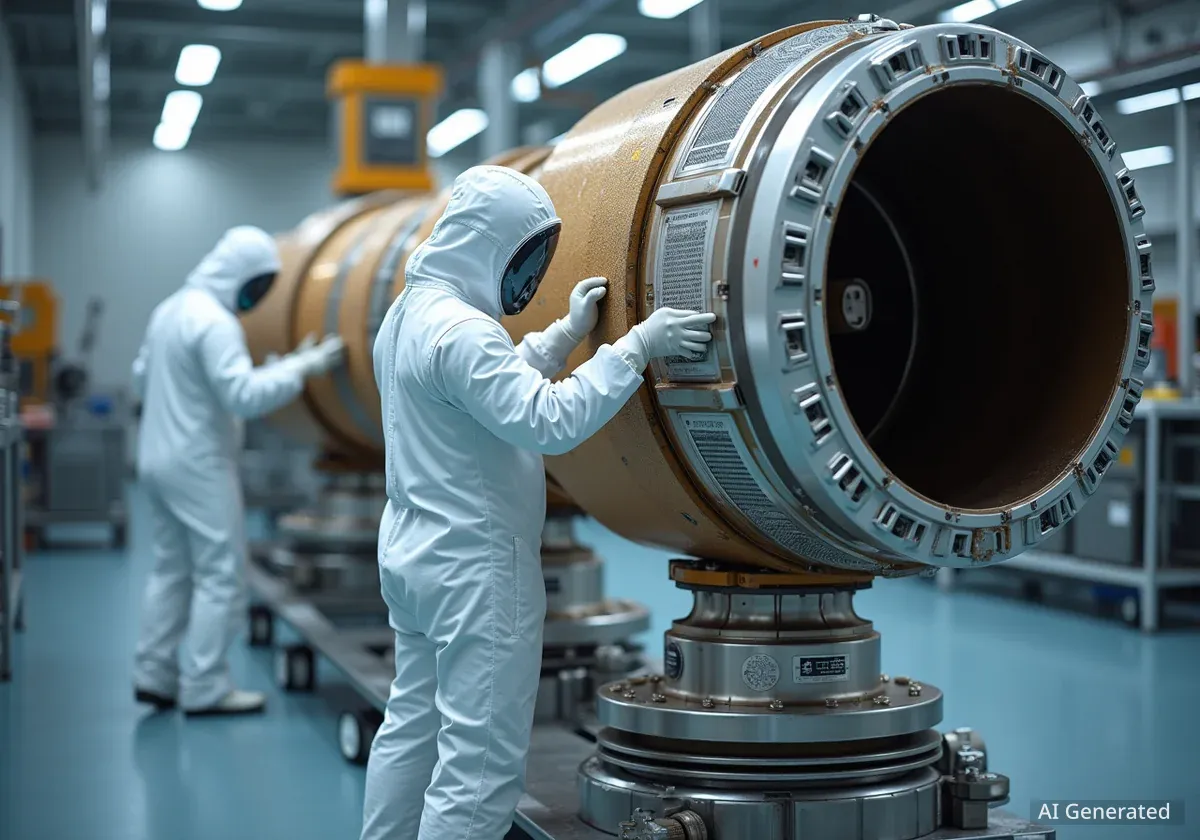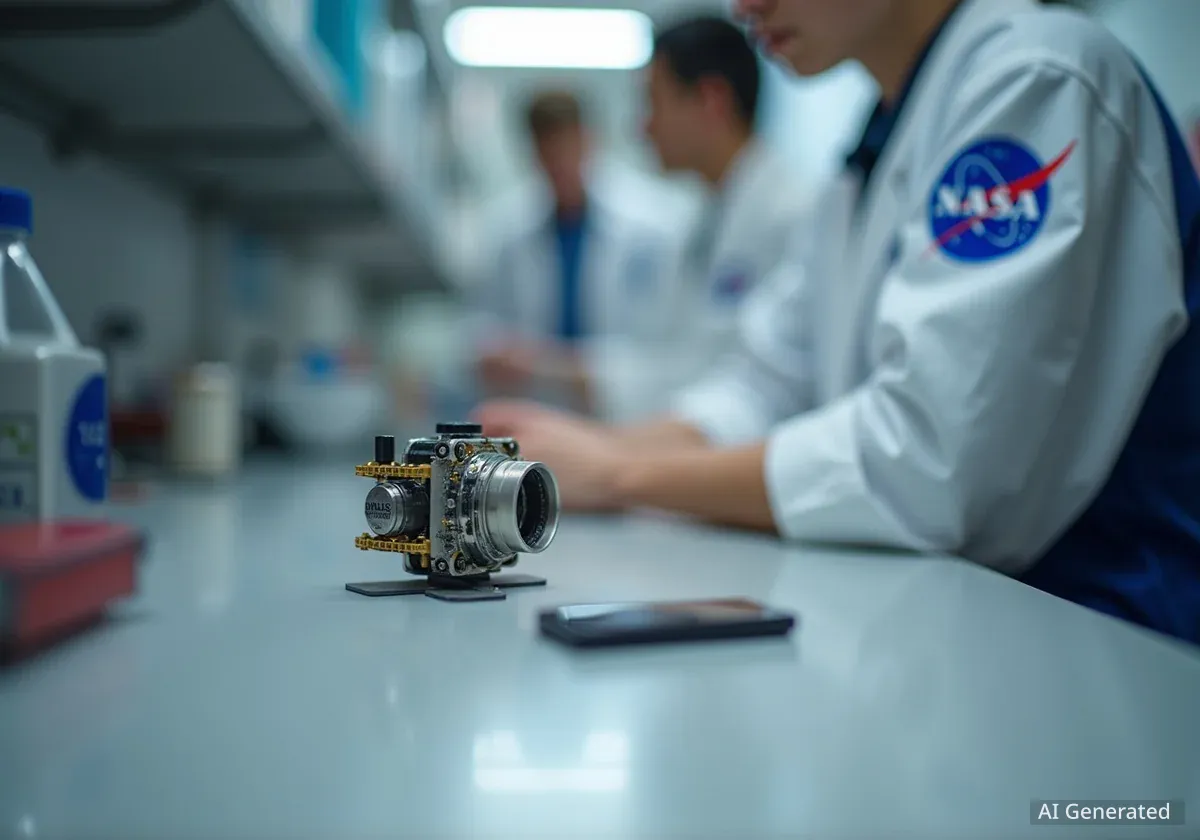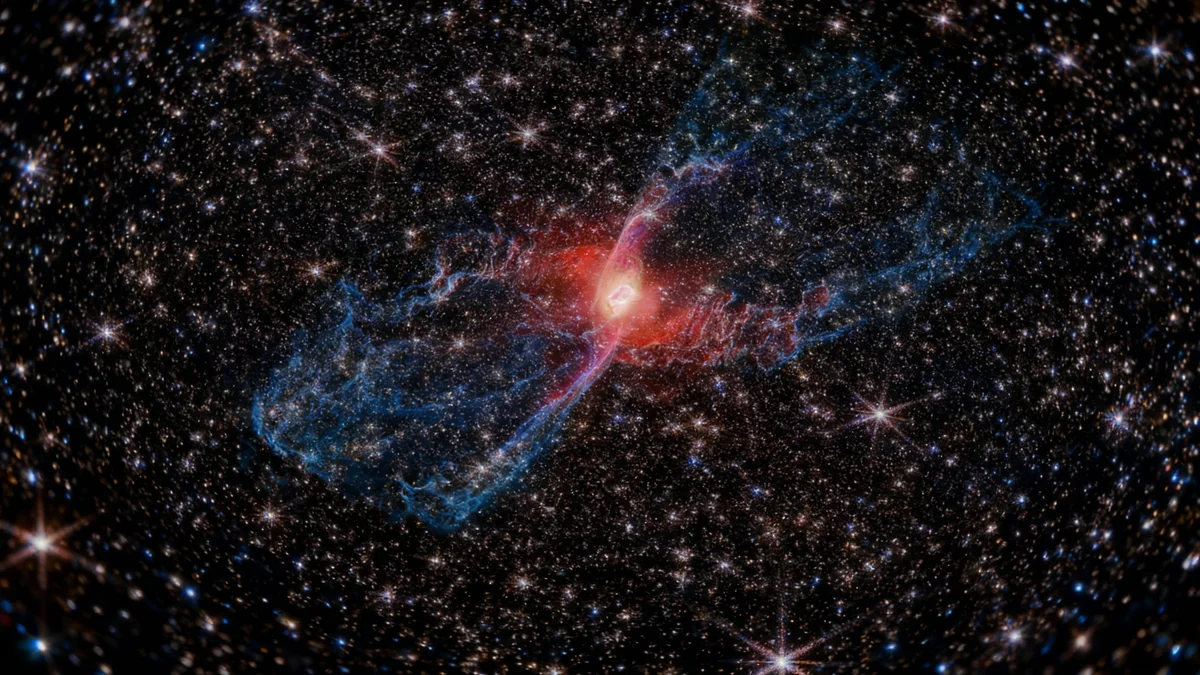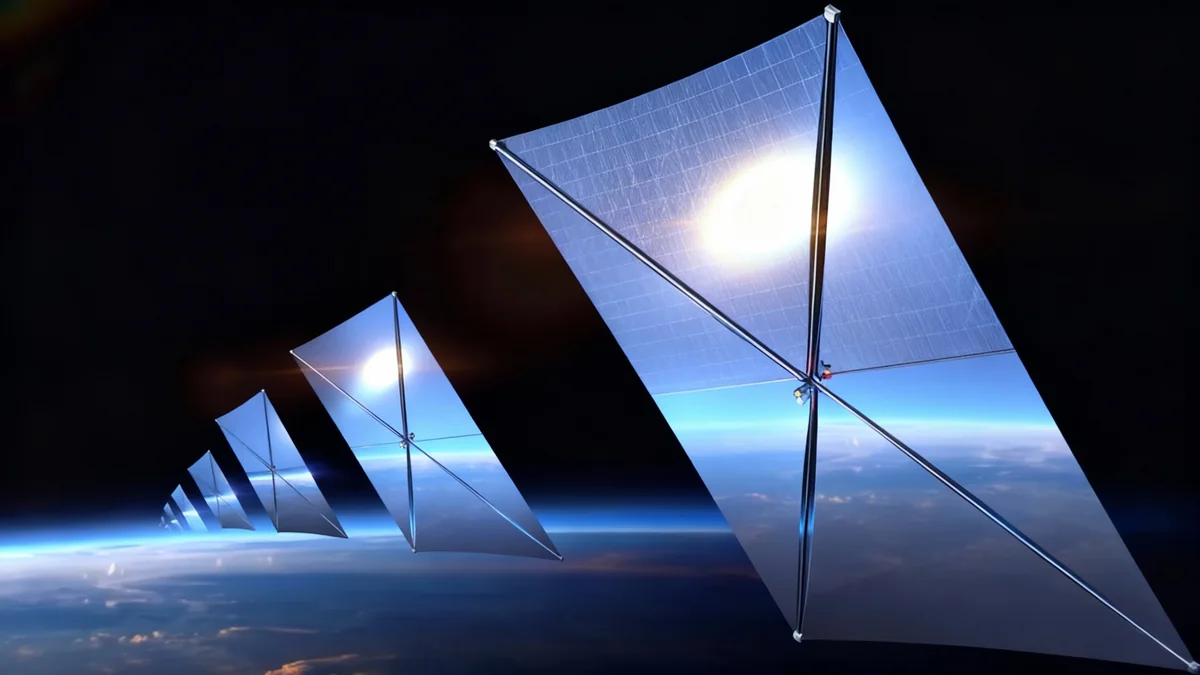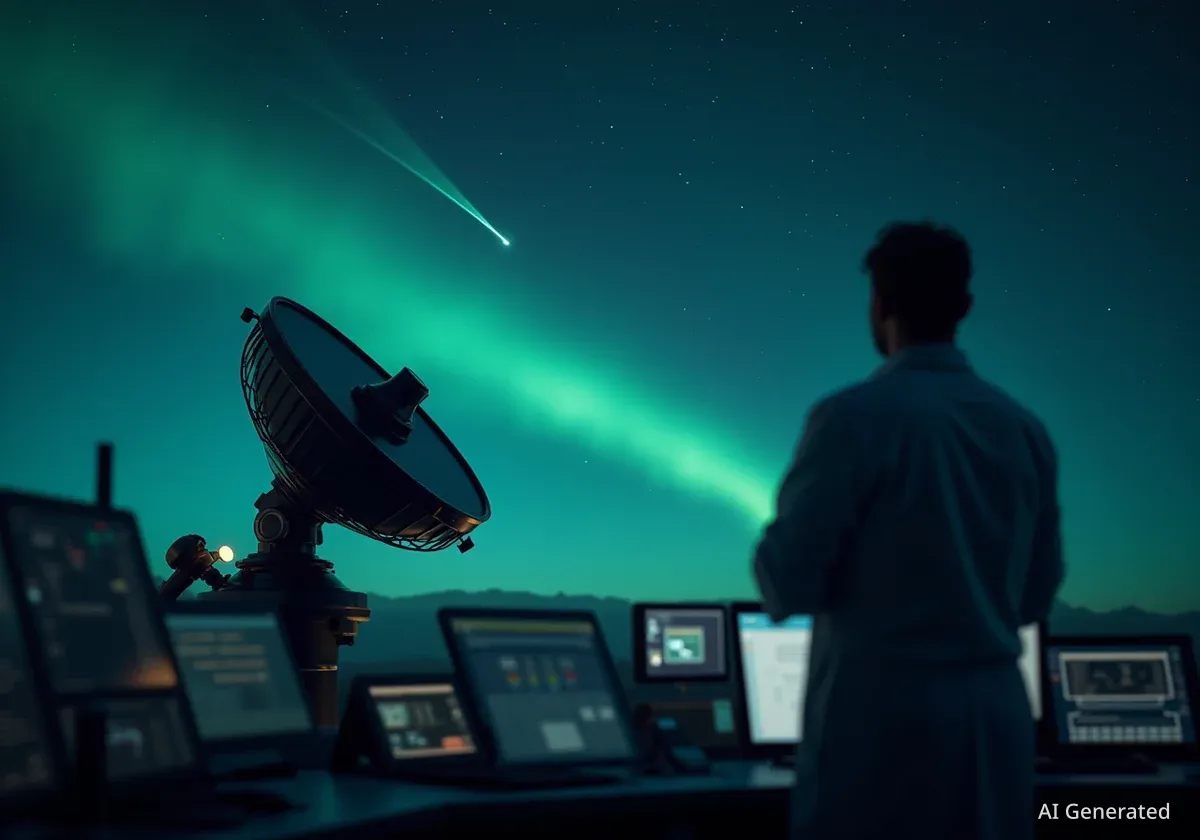NASA has reached a significant milestone in the development of its next-generation observatory, the Nancy Grace Roman Space Telescope. Engineers at the Goddard Space Flight Center in Greenbelt, Maryland, have successfully integrated the telescope's primary components, bringing the mission one major step closer to its scheduled launch no later than May 2027.
The complex operation involved joining the telescope itself, its instrument carrier, and its two powerful science instruments into a single, cohesive unit. This assembly marks the beginning of a rigorous series of tests designed to ensure the observatory can withstand the harsh conditions of space and perform its ambitious scientific mission.
Key Takeaways
- NASA has fully assembled the core components of the Roman Space Telescope at its Goddard facility.
- The mission remains on schedule for launch by May 2027, with a possible earlier window in late 2026.
- Roman features a Wide Field Instrument capable of capturing images 100 times larger than Hubble's.
- The telescope will conduct large-scale cosmic surveys to study dark energy, cosmic evolution, and exoplanets.
A Critical Assembly Milestone
Inside a large clean room at NASA's Goddard Space Flight Center, technicians meticulously connected the telescope's main hardware. This integration is a pivotal moment, transitioning the project from building individual parts to testing a complete observatory.
By joining the components now, engineers can verify the precise optical alignment between the mirrors and sensors. Future tests will measure the performance of the entire system working in unison, rather than assessing each piece in isolation.
"With this incredible milestone, Roman remains on track for launch, and we’re a big step closer to unveiling the cosmos as never before," said Mark Clampin, acting deputy associate administrator for the Science Mission Directorate at NASA Headquarters.
This achievement paves the way for a long stretch of system checks that will simulate the entire mission profile, from the violent forces of launch to the extreme temperatures of deep space.
A Different Kind of Telescope
While the Roman Space Telescope is often mentioned alongside Hubble and the James Webb Space Telescope, its scientific purpose is fundamentally different. Instead of focusing on single, distant objects with high magnification, Roman is designed for sweeping surveys of the sky.
The Wide Field Instrument
At the heart of this capability is the Wide Field Instrument (WFI), an advanced infrared camera. Although Roman’s primary mirror is 7.9 feet in diameter—the same size as Hubble's—its camera can see a patch of sky approximately 100 times larger than Hubble’s infrared instrument can in a single snapshot.
The WFI uses 18 detectors to create images with roughly 300 megapixels, allowing it to map vast regions of space quickly without sacrificing the sharp resolution that has made Hubble famous. This broad perspective is essential for gathering statistical data on millions of galaxies at once.
Roman vs. Hubble: A Wider View
To survey the same area of the sky, Hubble would need to take hundreds of individual images. The Roman Space Telescope can capture that same area in a single pointing, dramatically increasing its efficiency for large-scale mapping projects.
Unraveling Cosmic Mysteries
Roman's primary mission is to tackle some of the biggest questions in cosmology, including the nature of dark energy and the evolution of the universe. Its wide-angle view will allow astronomers to create unprecedented maps of the cosmos.
Scientists will use a technique called gravitational lensing, where the gravity of massive objects like galaxies bends and magnifies the light from more distant objects behind them. By observing these distortions across billions of light-years, Roman will chart how matter is distributed and how that distribution has changed over cosmic time. This data will help test theories about dark energy, the mysterious force believed to be accelerating the expansion of the universe.
The telescope will also conduct a census of planets in our Milky Way galaxy using a method called microlensing. Furthermore, Roman carries a second instrument, a sophisticated Coronagraph, which serves as a technology demonstration. It is designed to block the overwhelming glare from a star to directly image faint planets orbiting it. This technology will be crucial for future missions aiming to find Earth-like worlds.
The Road to Launch
With the main assembly complete, the Roman observatory now faces a grueling series of environmental tests to prepare it for its journey.
Simulating Space on Earth
Before any spacecraft is cleared for launch, it must prove it can survive the trip. Engineers use specialized facilities to replicate the extreme conditions of space, ensuring every component functions as designed when it matters most.
The testing regimen includes:
- Thermal Vacuum Testing: The observatory will spend weeks inside a large chamber that mimics the vacuum and extreme temperature swings of space.
- Vibration and Acoustic Tests: Roman will be shaken on a massive table and blasted with intense sound waves to simulate the violent vibrations and noise of a rocket launch.
- Electromagnetic Interference Checks: Teams will map out any unwanted radio signals from the telescope's own electronics to ensure they do not disrupt its sensitive instruments.
Following these tests, the telescope will be carefully packed and transported to Cape Canaveral Space Force Station in Florida. There, it will be fueled and mounted atop a SpaceX Falcon Heavy rocket for its trip to the Sun-Earth Lagrange Point 2 (L2), a gravitationally stable point nearly one million miles from Earth where it will begin its mission.

